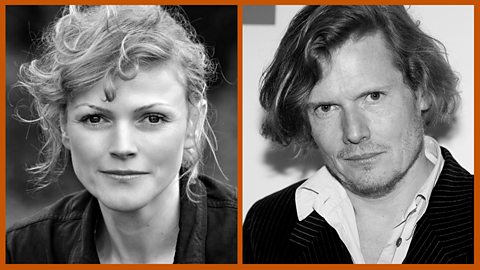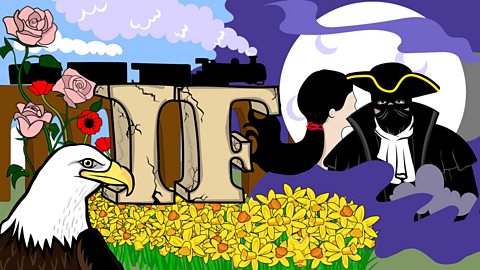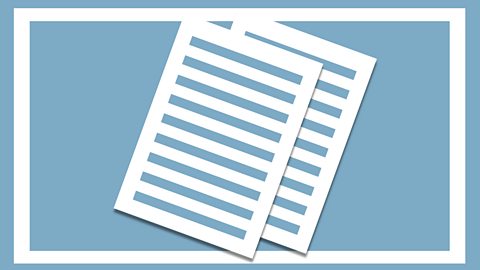Duration: 15:00
The actors Maxine Peake and Julian Rhind-Tutt read a selection of classic poems:
The naming of cats
by TS Eliot, read by Maxine Peake
The Highwayman
by Alfred Noyes, read by Julian Rhind-Tutt
Colour
by Christina Rossetti, read by Maxine Peake
If
by Rudyard Kipling, read by Julian Rhind-Tutt
Daffodils
by William Wordsworth, read by Maxine Peake
From a railway carriage
by Robert Louis Stevenson, read by Julian Rhind-Tutt
The poems
Maxine Peake reads TS Eliot's poem 'The naming of cats' (duration: 01:44)
Julian Rhind-Tutt reads Alfred Noyes's poem 'The Highwayman' (duration: 06:47)
Maxine Peake reads Christina Rossett's poem 'Colour' (duration: 00:45)
Julian Rhind-Tutt reads Rudyard Kipling's poem 'If' (duration: 02:13)
Maxine Peake reads William Wordsworth's poem 'Daffodils' (duration: 01:14)
Julian Rhind-Tutt reads Robert Louis Stevenson's poem 'From a railway carriage' (duration: 00:49)
Curriculum guidance
There are eight programmes in this series. Each of the first 6 programmes profiles a different contemporary children’s poet who introduces and then reads a selection of his or her work.
The final two programmes focus on classic poetry and include a selection of well-known poems often taught at Key Stage 2. These poems are read by the actors Maxine Peake and Julian Rhind-Tutt.
Using the audio
The programmes can be used in a variety of ways. You can listen to them in their entirety or listen to and focus on one poem at a time. Students can read the text of the poem before, during or after listening to the recording and there are suggestions in these notes for pre-, during-, and post- listening activities.
Using the images:
Each programme is accompanied by a composite picture inspired by the poems in that programme. These can be used:
to stimulate pre-listening discussion about what the poems might be about;
to explore themes in the poet’s writing;
to support reading of individual poems – the image can act as a visual reminder of topics, themes or narratives for students while they are completing work on poems;
to stimulate creative writing: pupils could pick two or three elements of the picture and combine them to stimulate a story. This might work well with a ‘consequences’ story frame: a framework of actions already written where pupils add in nouns taken from the image to make a story.
More detailed guidance can be found in the Teachers' Notes below
More from Talking Poetry
5. John Agard. audio
John Agard introduces and reads some of his best-known poems for children, including 'A date with spring' and 'Hopaloo kangaroo'.
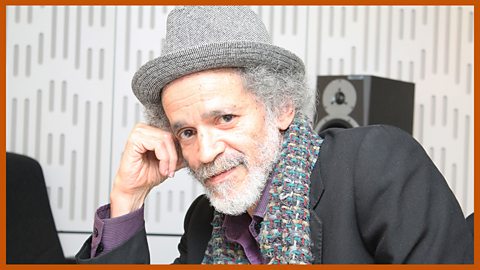
6. Mandy Coe. audio
Mandy Coe introduces and reads some of her best-known poems for children, including 'If you could see laughter' and 'Fizz'.
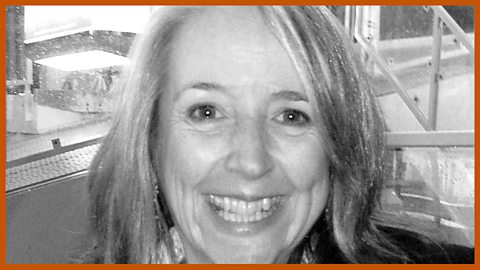
8. Classic poetry 2. audio
Maxine Peake and Julian Rhind-Tutt read a selection of classic poems, including 'Jabberwocky' and 'The Jumblies'.
